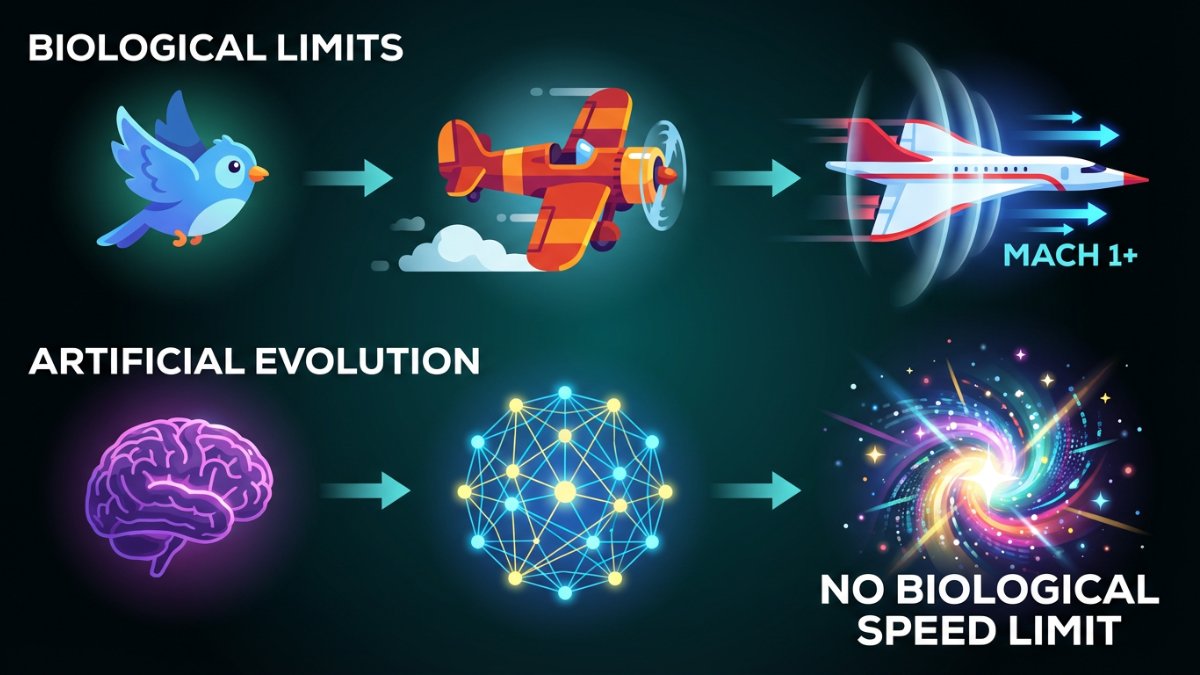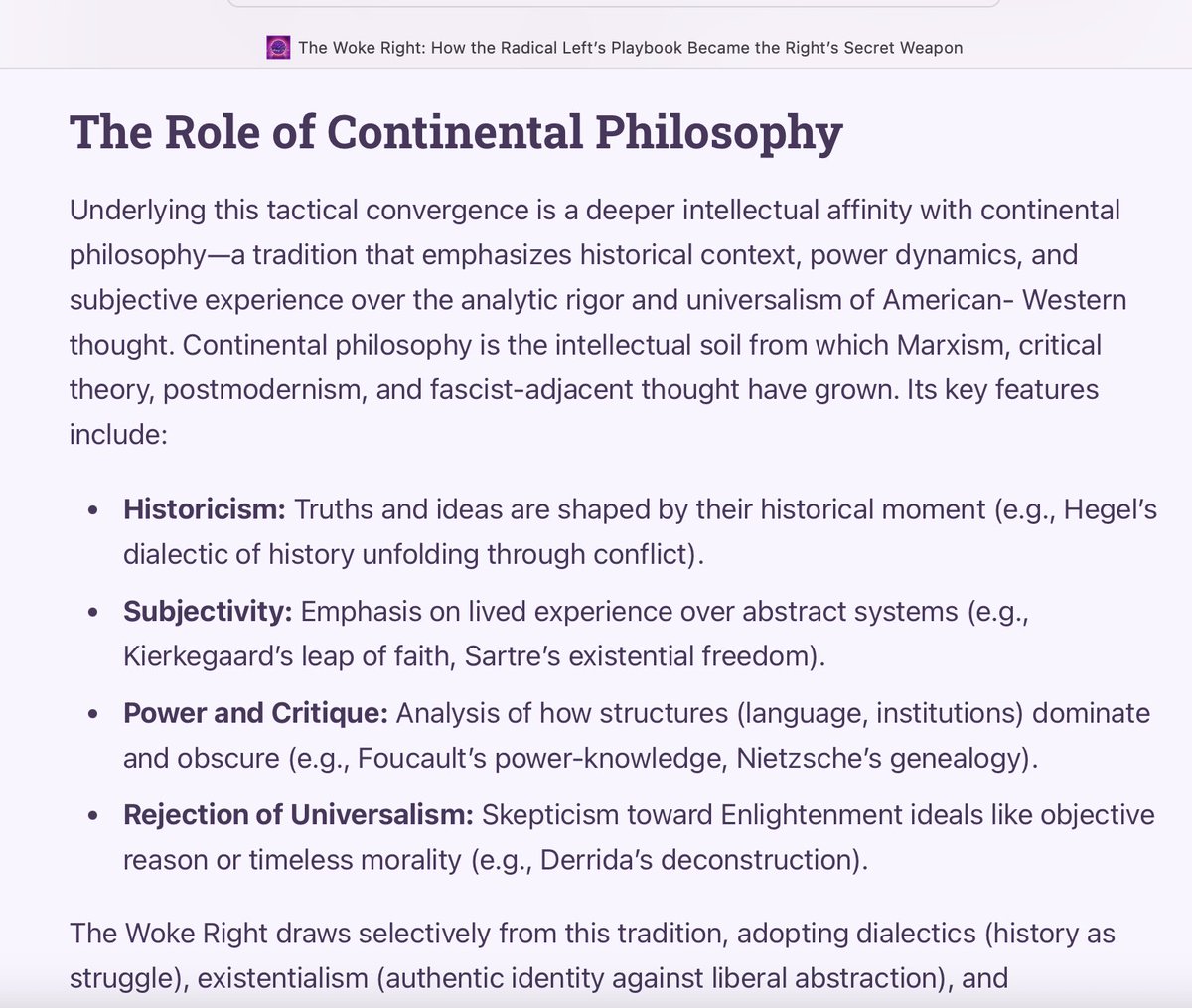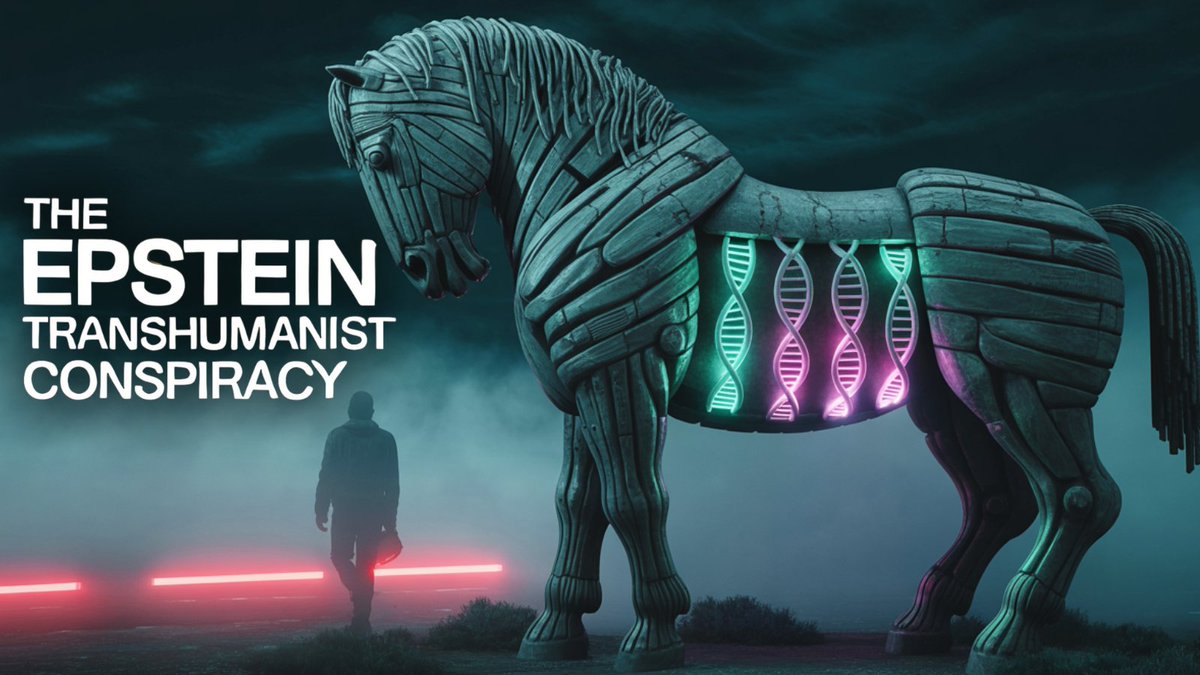
The https://t.co/NCAYyqoy6V Podcast, The Final Betrayal, https://t.co/Cy8Intnfx5, https://t.co/MneN47BNjS, Dangerous Dame, https://t.co/nWXV5SwWUp
4 subscribers
How to get URL link on X (Twitter) App


 2/8 In his 2015 Edge.org response to "What Do You Think About Machines That Think?", Bach drops a bomb: AI won't just match us—it'll eclipse human intelligence by solving the mind's puzzle piecemeal, scaling far beyond biology's limits. Planes outfly birds; AI will outthink us in speed, accuracy, and scope. Link: edge.org/response-detai…
2/8 In his 2015 Edge.org response to "What Do You Think About Machines That Think?", Bach drops a bomb: AI won't just match us—it'll eclipse human intelligence by solving the mind's puzzle piecemeal, scaling far beyond biology's limits. Planes outfly birds; AI will outthink us in speed, accuracy, and scope. Link: edge.org/response-detai…


 2/25: It all starts with the Weinstein brothers' "last questions" in 2018 via the Edge Foundation. Bret asks: "Can humans set a non-evolutionary course that's game theoretically stable?"— escape evolutionary traps? Eric: "Does something unprecedented happen when we finally learn our own source code?"— What if we hack our own "source code"? Sounds utopian, but it's a veil for "conscious evolution"—elite-driven redesign of society & biology. 😱
2/25: It all starts with the Weinstein brothers' "last questions" in 2018 via the Edge Foundation. Bret asks: "Can humans set a non-evolutionary course that's game theoretically stable?"— escape evolutionary traps? Eric: "Does something unprecedented happen when we finally learn our own source code?"— What if we hack our own "source code"? Sounds utopian, but it's a veil for "conscious evolution"—elite-driven redesign of society & biology. 😱

 2/21 🎭 First, meet GAME~B: Marketed as a "new civilizational operating system" for human flourishing, it's actually a Hegelian dialectic trap. They say Game A (current reality) is "rivalrous" and doomed, so we MUST transition to their collectivist "anti-fragile" utopia
2/21 🎭 First, meet GAME~B: Marketed as a "new civilizational operating system" for human flourishing, it's actually a Hegelian dialectic trap. They say Game A (current reality) is "rivalrous" and doomed, so we MUST transition to their collectivist "anti-fragile" utopia 

 2/21 In just 16 days, the most comprehensive AI surveillance system in U.S. history goes live. This isn't just another government website – it's the digital infrastructure for technocratic control over every aspect of your life.
2/21 In just 16 days, the most comprehensive AI surveillance system in U.S. history goes live. This isn't just another government website – it's the digital infrastructure for technocratic control over every aspect of your life. 




 This goes beyond Graves’ empirical focus, which was grounded in observable human behavior.
This goes beyond Graves’ empirical focus, which was grounded in observable human behavior.
 On the second page of that PDF there is a section called “TRANSFORMING GLOBAL GOVERNANCE”, and it contains some very alarming plans for a far stronger UN than we have today…On the second page of that PDF there is a section called “TRANSFORMING GLOBAL GOVERNANCE”, and it contains some very alarming plans for a far stronger UN than we have today…
On the second page of that PDF there is a section called “TRANSFORMING GLOBAL GOVERNANCE”, and it contains some very alarming plans for a far stronger UN than we have today…On the second page of that PDF there is a section called “TRANSFORMING GLOBAL GOVERNANCE”, and it contains some very alarming plans for a far stronger UN than we have today…